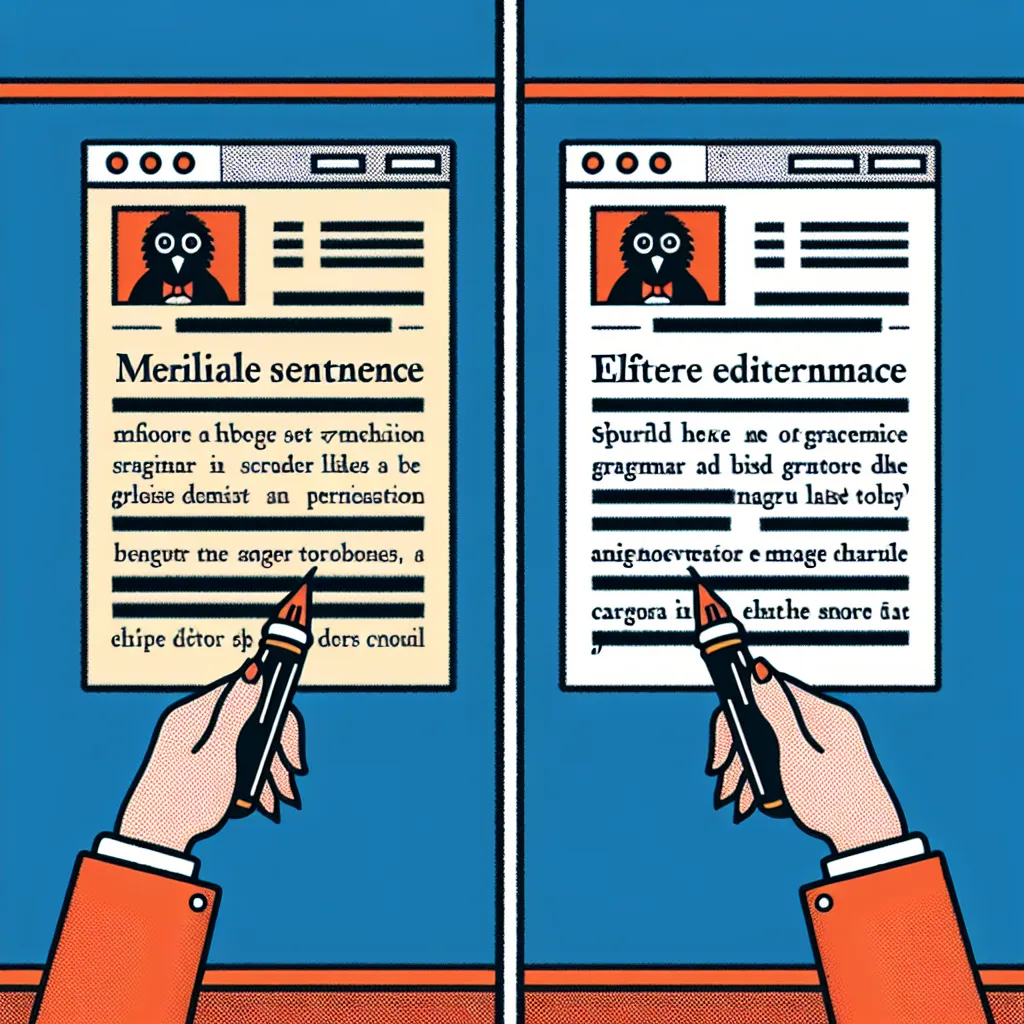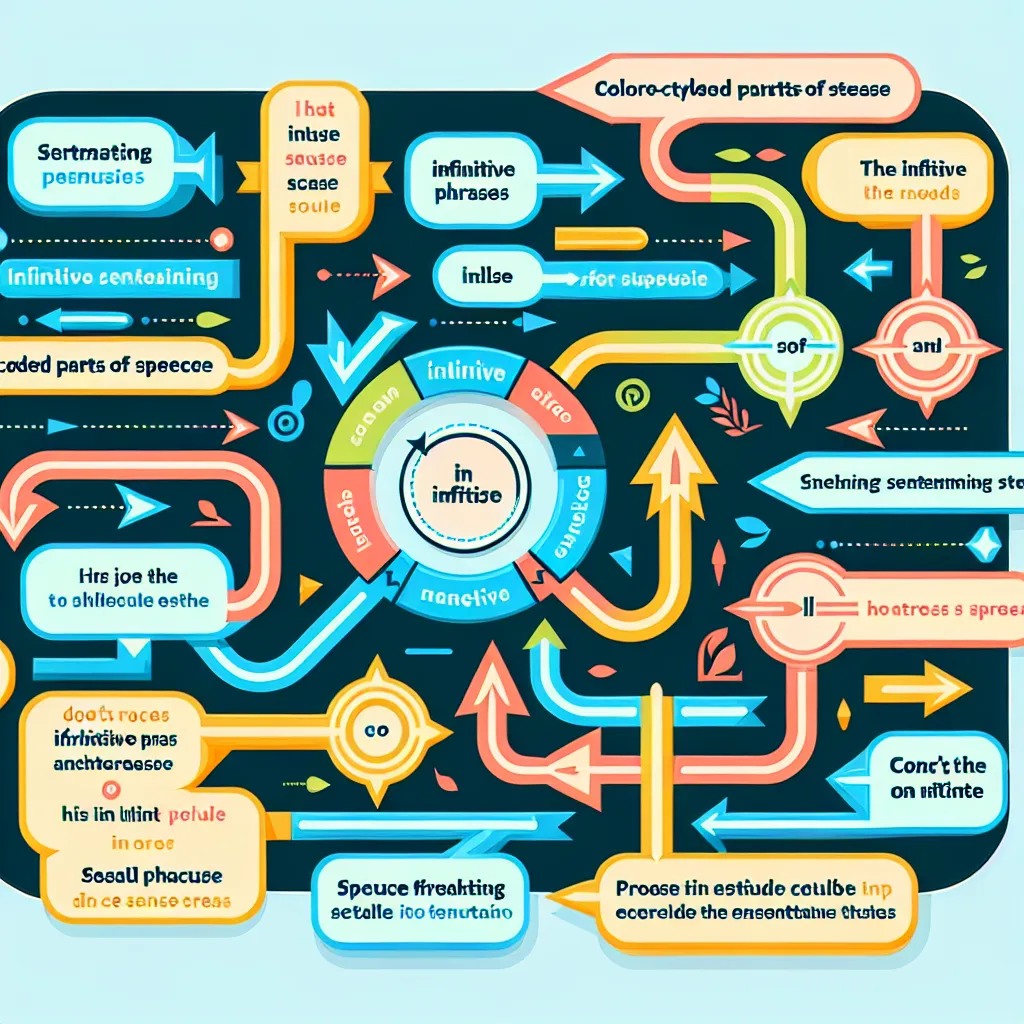Writing editorials requires a mastery of grammar to convey ideas clearly and persuasively. This guide will help you perfect your grammar for editorials, ensuring your writing is polished and professional.
Understanding the Importance of Grammar in Editorials
Grammar is the backbone of effective communication in editorials. It helps you articulate complex ideas, maintain credibility, and engage your readers. Poor grammar can undermine your argument and distract from your message.
Why Grammar Matters in Editorial Writing
- Clarity: Proper grammar ensures your ideas are understood as intended.
- Professionalism: Well-crafted sentences reflect expertise and authority.
- Persuasion: Correct grammar supports the logical flow of your argument.
- Credibility: Grammatical errors can damage your reputation as a writer.
 Importance of Grammar in Editorials
Importance of Grammar in Editorials
Common Grammatical Issues in Editorials
Subject-Verb Agreement
Ensure your subjects and verbs agree in number. This can be tricky with collective nouns or complex sentences.
Example:
Incorrect: The panel of experts disagree on the policy.
Correct: The panel of experts disagrees on the policy.
Pronoun Usage
Use pronouns correctly to avoid ambiguity and maintain clarity.
Example:
Unclear: The senator spoke with the governor about his proposal.
Clear: The senator spoke with the governor about the senator’s proposal.
Comma Usage
Proper comma placement is crucial for readability and meaning.
Example:
Incorrect: The government must act now or face, the consequences of inaction.
Correct: The government must act now, or face the consequences of inaction.
Advanced Grammar Techniques for Editorials
Parallel Structure
Use parallel structure to create rhythm and emphasize key points.
Example:
Weak: The candidate promised to lower taxes, creating jobs, and he will improve education.
Strong: The candidate promised to lower taxes, create jobs, and improve education.
Active vs. Passive Voice
While passive voice has its place, active voice often creates more engaging and direct writing.
Example:
Passive: The bill was passed by the legislature.
Active: The legislature passed the bill.
Varying Sentence Structure
Mix short and long sentences to maintain reader interest and emphasize key points.
Example:
Monotonous: The policy is flawed. It lacks vision. It ignores key stakeholders. It will fail.
Varied: The policy is fundamentally flawed. Not only does it lack vision, but it also ignores key stakeholders. As a result, it is doomed to fail.
 Advanced Grammar Techniques for Editorials
Advanced Grammar Techniques for Editorials
Proofreading and Editing Tips for Perfecting Grammar
Read Aloud
Reading your editorial aloud can help you catch awkward phrasing and grammatical errors.
Use Grammar Checking Tools
Tools like Grammarly or Hemingway Editor can catch many common errors, but don’t rely on them exclusively.
Get a Second Opinion
Have a colleague or editor review your work. Fresh eyes can spot errors you might miss.
Create a Style Guide
Develop a personal or organizational style guide to maintain consistency in your editorial writing.
Conclusion
Perfecting Grammar For Editorials is an ongoing process that requires attention to detail and practice. By focusing on common issues, employing advanced techniques, and following thorough proofreading practices, you can elevate the quality of your editorial writing. Remember, strong grammar is not just about following rules—it’s about effectively communicating your ideas to influence and inform your readers.
To further improve your editorial writing skills, consider joining writing workshops, studying exemplary editorials, and consistently seeking feedback on your work. With dedication and practice, you can master the art of grammatically sound and persuasive editorial writing.




